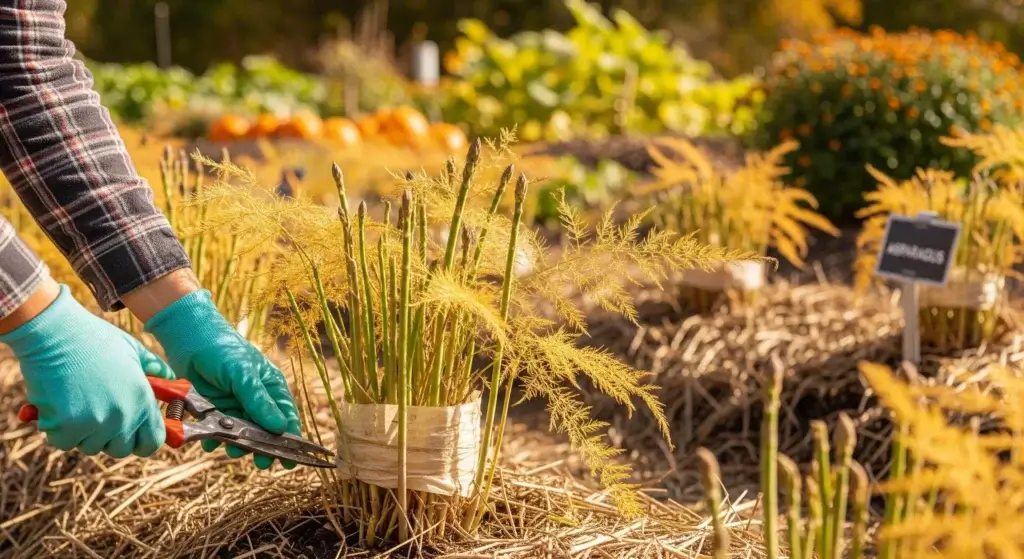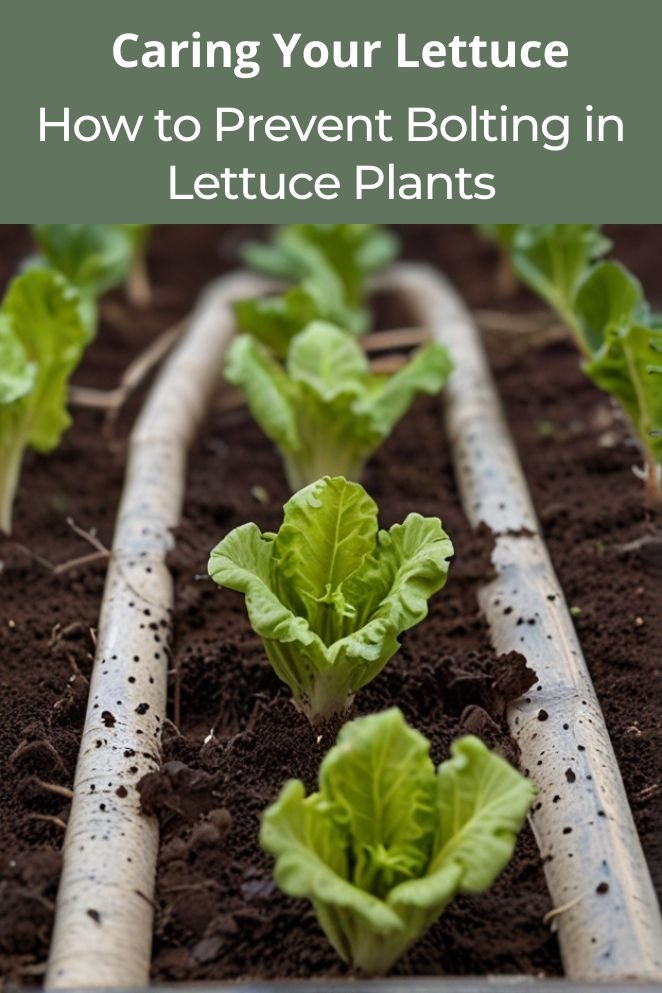
Welcome to our comprehensive guide on preventing bolting in lettuce plants!
It’s crucial to grasp the ins and outs of this process to guarantee a plentiful yield of delicious lettuce leaves.
Throughout this article, we’ll explore the reasons behind lettuce plants bolting and effective strategies to thwart it.
Let’s dive in!
Why Lettuce Plants Bolt
Lettuce plants bolt, meaning they flower and go to seed, when they perceive their growing conditions are no longer ideal.
This is a natural survival mechanism to ensure they reproduce before they die. There are a few factors that can trigger bolting in lettuce:
Temperature
Lettuce plants are sensitive to temperature fluctuations.
When temperatures rise above 85°F (30°C) or drop below their ideal range, it signals to the plant that it’s time to bolt.
High temperatures, in particular, can induce bolting as the plant perceives it as a threat to its survival.
- Read also: Growing Green: A Guide to Natural Pesticides for Lettuce
- Read also: 5 Tips on Preventing Bolting in Broccoli Plants
Daylight length
Day length plays a significant role in the life cycle of lettuce plants.
As daylight hours increase or decrease, it triggers physiological changes in the plant.
Shorter days, typically associated with the transition from spring to summer or summer to fall, signal to the plant that it’s time to bolt and produce seeds before the onset of adverse conditions.
Some lettuce varieties are classified as long-day plants, which means they automatically start to bolt when there are more than 14 hours of daylight.
Stress
Just like humans, plants experience stress too.
Factors such as inadequate water, nutrient deficiencies, pest infestations, or physical damage can stress lettuce plants, prompting them to bolt as a survival response.
Stressors disrupt the plant’s hormonal balance, triggering the production of reproductive structures like flowers and seeds.
Dry conditions
Dry soil and lack of moisture can also contribute to bolting.
This is because lettuce plants, like many other plants, have a natural response to stress by producing flowers to ensure reproduction.
Hydroponic conditions
In hydroponic systems, high water temperatures can also trigger bolting in lettuce plants.
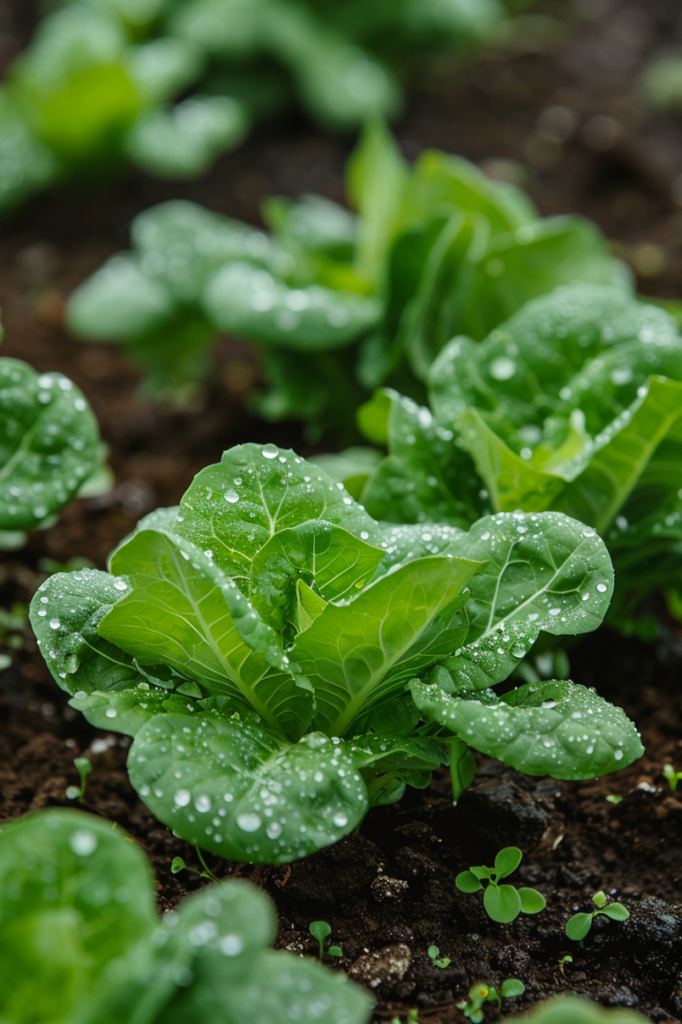
What are The Signs that Lettuce is about to Bolt
As lettuce plants approach the bolting stage, they exhibit certain telltale signs that can help gardeners anticipate and take preventive action.
Here are some common indicators that lettuce is about to bolt:
Stem elongation
One of the early signs of impending bolting is the elongation of the central stem.
As the plant prepares to bolt, the stem begins to elongate rapidly, often becoming noticeably taller than surrounding plants.
This vertical growth is a clear indication that the plant is shifting its focus towards flowering and seed production.
Leaf changes
As the plant directs its energy towards developing the flower stalk, you might notice a slowdown in the growth of new leaves.
The fresh leaves that do sprout may seem smaller and tightly packed around the center stem. Bolting lettuce plants often undergo changes in leaf appearance too.
Their leaves could take on a slightly yellowish hue or show signs of discoloration.
Additionally, the texture of the leaves might become tougher and less tender compared to those from plants not yet bolting.
Accelerated growth
In the days leading up to bolting, lettuce plants may exhibit accelerated growth as they channel energy towards flowering and seed production.
This rapid growth can be observed through increased stem elongation and overall changes in the plant’s appearance.
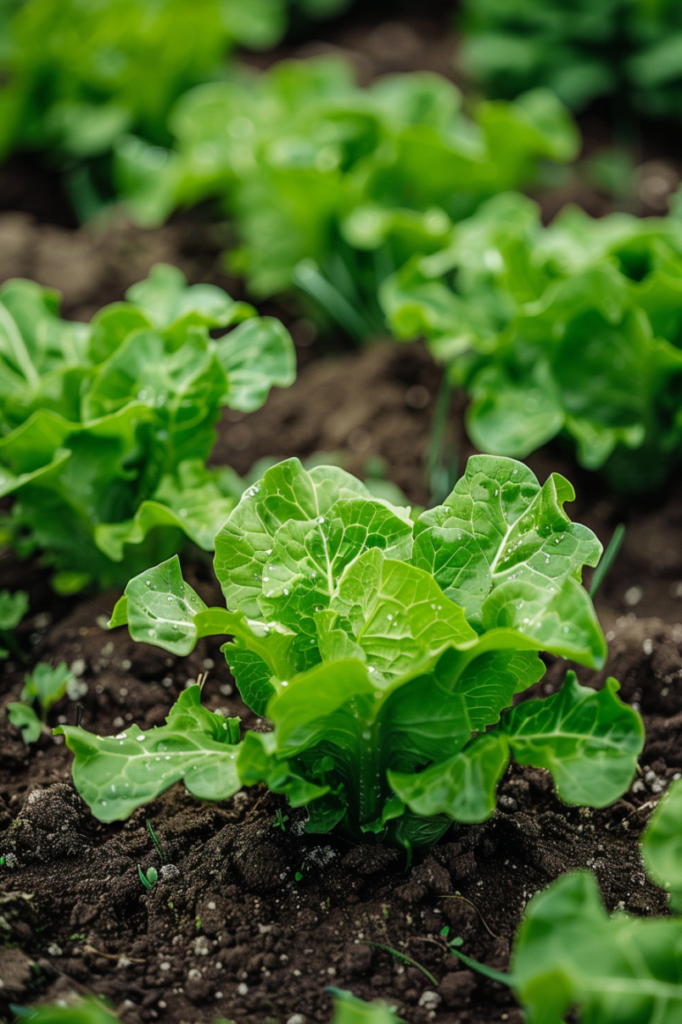
How to Prevent Bolting in Lettuce Plants
Preventing bolting in lettuce plants requires a proactive approach and attention to detail.
Let’s delve deeper into effective strategies to keep your lettuce plants thriving:
Select the right varieties
Start by choosing lettuce varieties that are well-suited to your local climate and growing season.
Opt for heat-tolerant varieties if you live in a warmer region or cold-resistant varieties for cooler climates.
By selecting the right varieties, you can minimize the risk of bolting due to environmental stressors.
Grow in cooler seasons
Lettuce prefers cooler temperatures and can bolt when exposed to high temperatures.
Grow lettuce in the spring or fall when temperatures are more moderate
Provide consistent watering
Water is essential for maintaining healthy lettuce plants and preventing stress-induced bolting.
Ensure your lettuce plants receive consistent watering, keeping the soil evenly moist but not waterlogged.
Avoid allowing the soil to dry out completely between waterings, especially during periods of hot weather, as this can trigger bolting.
Offer adequate shade
Protect your lettuce plants from excessive heat by providing them with adequate shade during the hottest parts of the day.
This can be achieved by strategically placing shade cloth or planting taller crops nearby to provide natural shade.
Space plants appropriately
Proper spacing between lettuce plants is crucial for good air circulation, which helps regulate temperature and reduces stress.
Ensure that there is enough space between plants to allow for adequate airflow, preventing the buildup of heat and humidity that can trigger bolting.
Mulch around plants
Mulching around lettuce plants helps retain soil moisture and keeps the temperature stable, creating optimal growing conditions and reducing the risk of bolting.
Apply a layer of organic mulch, such as straw or shredded leaves, around the base of the plants to conserve moisture and suppress weeds.
Companion planting
Plant lettuce beneath taller crops like tomatoes to provide shade and reduce heat stress.
Harvest strategically
Instead of waiting for entire heads of lettuce to mature, harvest outer leaves regularly to encourage continued leaf production and delay bolting.
This not only ensures a steady supply of fresh lettuce leaves but also helps prolong the vegetative phase of the plants, reducing the likelihood of premature bolting.

What Happens to Bolting Lettuce Plants
When lettuce bolts, it prioritizes reproduction over continued leaf growth.
Here’s what happens to a bolting lettuce plant:
Shifting focus
The plant redirects its energy from producing new leaves to growing a tall stalk with flowers.
This stalk will eventually produce seeds for the next generation.
Leaves become tougher and less desirable. As the plant focuses on flower production, less energy goes into new leaf growth.
Existing leaves might become thicker and lose their tenderness.
Lettuce produces a bitter compound to deter herbivores.
As the plant bolts, the bitterness intensifies, making the leaves unpleasant to eat.
Flowering and seeding
Flowers appear on the tall stalk. These flowers will eventually turn into seed heads.
Seeds develop. Once pollinated, the flowers mature into seed heads containing viable lettuce seeds.
Plant’s fate
The plant dies after seeding. Once it has produced seeds, the lettuce plant has fulfilled its reproductive cycle and will eventually die.
Can Lettuce be Harvested after it has Bolted
Bolted lettuce is still edible, but not ideal.
While the bitterness might be unpleasant, bolted lettuce is safe to consume.
However, the taste and texture are considerably less enjoyable compared to fresh, tender leaves.
You can harvest the seeds.
If you’d like to save seeds for future plantings, you can allow the seed heads to dry completely on the plant. Then, collect the mature seeds for sowing the next season.
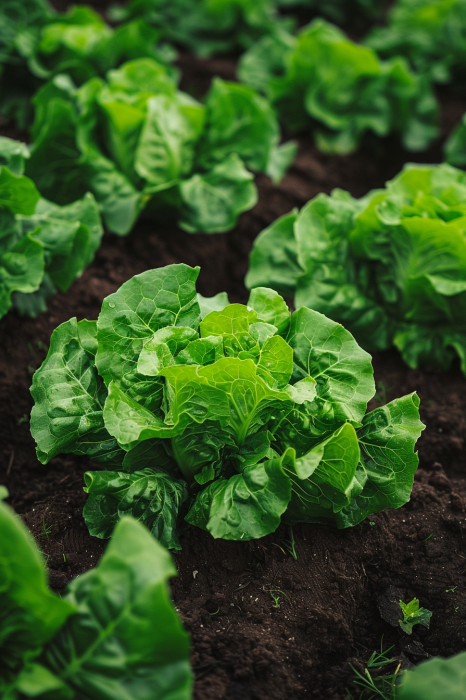
- Read also: Preventing Cauliflower Bolting: Keep Your Cauliflower Blooming
- Read also: Enjoy Fresh Spinach: How to Prevent Bolting in Spinach
Conclusion
Understanding why lettuce plants bolt and how to prevent it is essential for successful gardening.
Through proactive measures, gardeners can minimize the risk of bolting and prolong the harvest of tender, flavorful lettuce leaves.
Happy gardening!
FAQs
Yes, you can still eat lettuce leaves from bolted plants, but they may be tougher and more bitter in taste compared to leaves from non-bolted plants.
While pruning can help manage the size and shape of lettuce plants, it’s not a foolproof method for preventing bolting. Focus on providing optimal growing conditions and selecting appropriate varieties instead.
While you can replant lettuce after it bolts, keep in mind that the subsequent harvest may be affected by the same environmental factors that triggered bolting initially. It’s best to focus on preventing bolting in the first place through proper management practices.

